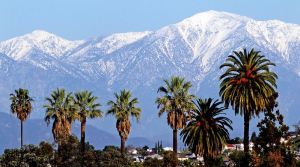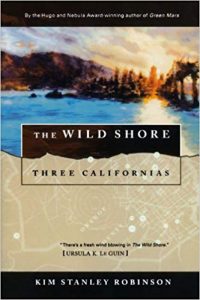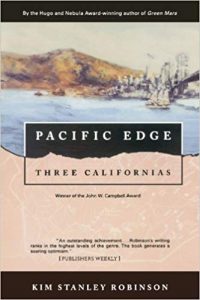Another postscript to my Hydra trip – on weekends (which, happily, is when I was there), the aforeblogged Douskos a.k.a. Xeri Elia restaurant has live music like unto this:
Archive | June, 2019
Leonard Cohen Month, Songs 45-46
June 23:
I Tried to Leave You (1974):
Boogie Street (2001):
Leonard Cohen Month, Songs 43-44
June 22:
Stories of the Street (1967):
Memories (1977):
Despair Could Never Touch a Morning

The air was cool, and smelled of sage. It had the clarity that comes to southern California only after a Santa Ana wind has blown all haze and history out to sea – air like telescopic glass, so that the snowtopped San Gabriels seemed near enough to touch, though they were forty miles away. The flanks of the blue foothills revealed the etching of every ravine, and beneath the foothills, stretching to the sea, the broad coastal plain seemed nothing but treetops ….
The sun was obscured by a cloud for a moment, then burst out again. Big clouds like tall ships coasted in, setting sail for the mountains and the desert beyond. The ocean was a deep, rich, blue blue, a blue in blue within blue inside of blue, the heart and soul and center of blue. Blinding chips of sunlight bounced on the swelltops. Liquid white light glazed the apricot cliff of Corona del Mar, the needles of its Torrey pines like sprays of dark green. Ironwood color of the sun-drenched cliff. … Behind him Orange County pulsed green and amber, jumping with his heart, glossy, intense, vibrant, awake, alive. His world and the wind pouring through it.
As you might guess (since it’s been the subject of my two most recent “guess the author” posts – here and here), I recently got around, at last, to reading the “Three Californias” trilogy (The Wild Shore, The Gold Coast, and Pacific Edge) by Kim Stanley Robinson, about whose other work I’ve blogged before (see, e.g., here and here). (For Robinson’s own account of the origin and meaning of his trilogy, see this interview.)

The trilogy concerns three possible futures for southern California: a) post-apocalyptic, b) urban sprawl, and c) ecotopia – three timelines linked by one character who occurs in all three (and who seems to have a vague inkling of his other lives, his alternative pasts and possible futures – see The Wild Shore, pp. 214-221, and Pacific Edge, pp. 63 and 181), as well as by some structural and thematic elements (for example, each novel begins with an archeological excavation and ends with an attempt at sabotage). There are echoes of Ursula K. Le Guin and Philip K. Dick (Robinson was a student of one and wrote his dissertation on the other), as well as prefigurations of his own later fiction, but the trilogy is very much its own thing – and, as one would expect from Robinson, thought-provoking and beautifully written.

While Robinson’s three futures represent, in effect, two bad possibilities and one good one, the portrait is not simplistic: the two dystopian novels offer glimmers of hope and spaces of freedom, while the third, utopian novel represents utopia not as a fixed end point but as something that needs to be continually fought for, defended, and extended – which seems to me to be the right way to think about it. (And his utopia is certainly not one in which all the protagonists live happy lives or find their way to happy endings.)
When it comes to the specific content of his utopia, as opposed to his abstract idea of how to think about utopia as such, Robinson’s vision is much more of a mixed bag, from my (or more broadly, any LWMA) point of view. As I’ve said before, Robinson’s economic and political ideals leave him with “one foot in vital, grassroots, quasi-anarchist radicalism” and “the other in dreary, top-down, paternalistic authoritarianism.” (This conflict actually gets lampshaded somewhat – e.g., at pp. 282-285 of Pacific Edge – though without resolution.) But the trilogy is well worth reading despite this.

I particularly want to recommend the trilogy, though, not just to readers in general but specifically to those who know and love California, especially southern California. Anyone for whom the towns and climate and natural landscape of the region are a geography of their own heart will find a special joy in recognising them in their varied incarnations through the three novels.
(There’s a certain irony in the fact that Robinson, who has the good fortune to live in the California of the present, has written a trilogy filled with longing for Californias of the past and possible future, but mostly frustration with the California of the present – which by contrast looks pretty damn good to me, despite its admitted flaws. Yes, I’m homesick!)
Oh Man, I Ran
Sadly, all still timely:
Another version:
Leonard Cohen Month, Songs 41-42
June 21:
Joan of Arc (1971):
– Another (quite different, arguably better) version:
Alexandra Leaving (2001):
